

Ben Zachariah
Move over, Patrol: New-era Ford Maverick SUV imagined
14 Hours Ago

News Editor
Toyota’s bZ range of electric vehicles is continuing to grow, with the company’s European arm confirming it’ll launch six bZ-branded vehicles in that market by 2026.
Globally, Toyota offers only the bZ4x and the bZ3 sedan. It’s unclear just how many of these bZ models will come to Australia, where the bZ4x has been confirmed for launch next year but the China-only bZ3 has been ruled out.
In addition to confirming this target, Toyota Motor Europe committed to achieving full carbon neutrality by 2040 at the latest, and also released additional photos of the bZ Compact SUV concept which previews one of these upcoming bZ models.
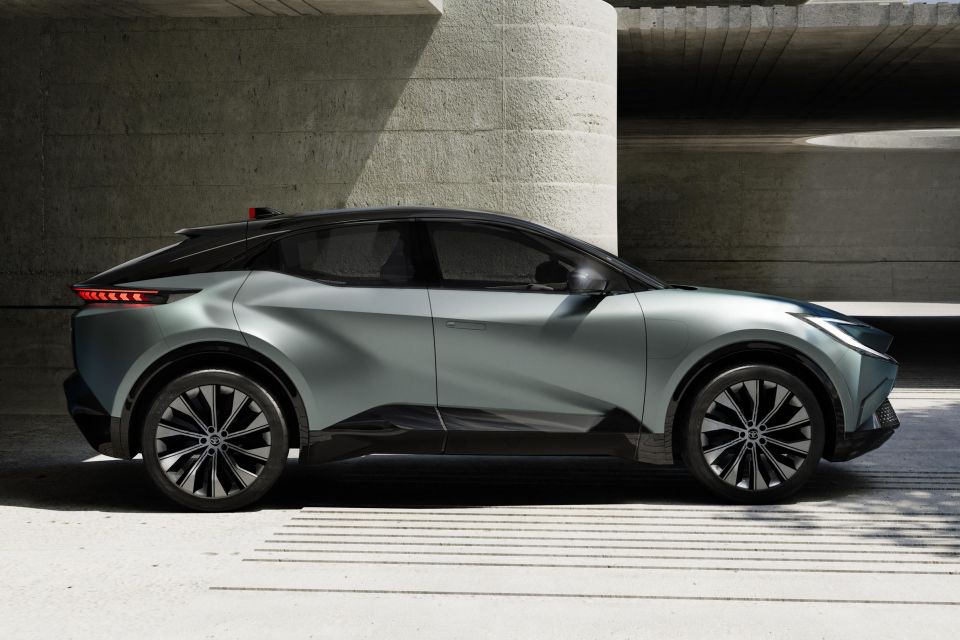
The electric crossover measures 4538mm long, 1560mm tall and 1888mm wide excluding the mirrors. For context, the current C-HR measures 4390mm long, 1565mm tall and 1795mm wide.
Automotive News Europe reports word from an insider that the next bZ model to be launched will be a small SUV.
It reportedly won’t be the production version of the bZ Compact SUV, which is instead earmarked for a 2025 launch and could wear the bZ3x nameplate.
The outlet also reports the remaining four models could include two vehicles larger than the bZ4x, potentially an SUV and a ute, plus a vehicle similar in size to the bZ4x.

The bZ Compact SUV concept bears a familial resemblance to the Prologue concept revealed this week, which previews the next-generation C-HR, though it’s clear these are two different vehicles – and, indeed, Toyota says the electric concept has been designed as a dedicated EV.
While it doesn’t explicitly say this, the concept likely uses the e-TNGA architecture underpinning the bZ4x.
Toyota says that, by releasing two similarly sized crossovers with different propulsion technology in the upcoming bZ Compact SUV and next-gen C-HR, it’s demonstrating a “multi-tec [sic] approach” to reducing carbon emissions.
“We call this the ‘power of And’ because rarely does one size fit all, especially when you consider the diversity of customer needs and infrastructure readiness,” said Kylie Jimenez, senior vice president of people, technology and corporate affairs for Toyota Motor Europe.
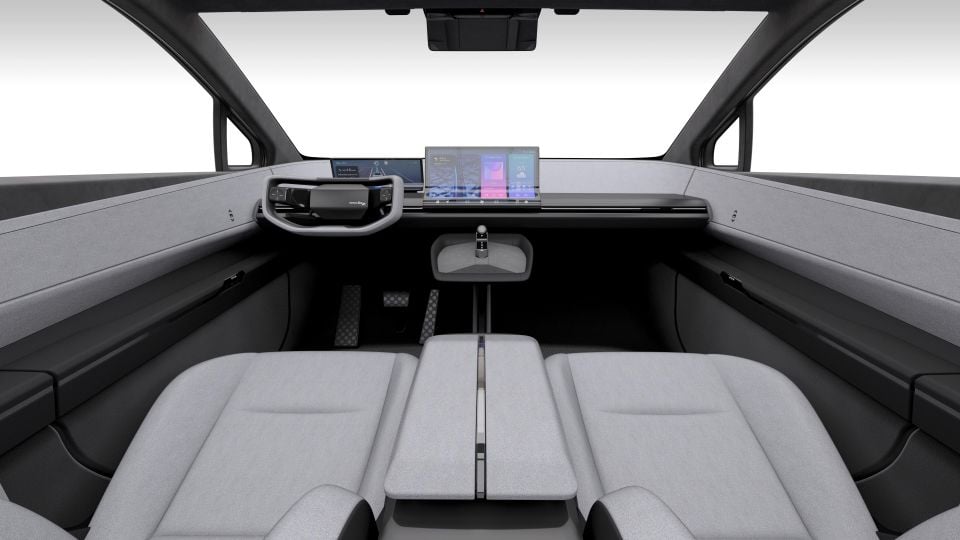
The bZ Compact SUV was one of the 16 electric Toyota and Lexus concepts previewed late last year, though Toyota didn’t reveal its interior at the time. It was subsequently revealed in full at this year’s Los Angeles motor show.
The concept has a futuristic, rather industrial-chic cabin, which uses eco-friendly materials – for example, the seats are made from plant-based and recycled materials.
A wide steering yoke sits ahead of the driver, while the gear selector sits on an unusual podium connected to the floor of the cabin. Also gracing this podium are two wireless charging pads and the vehicle start button.
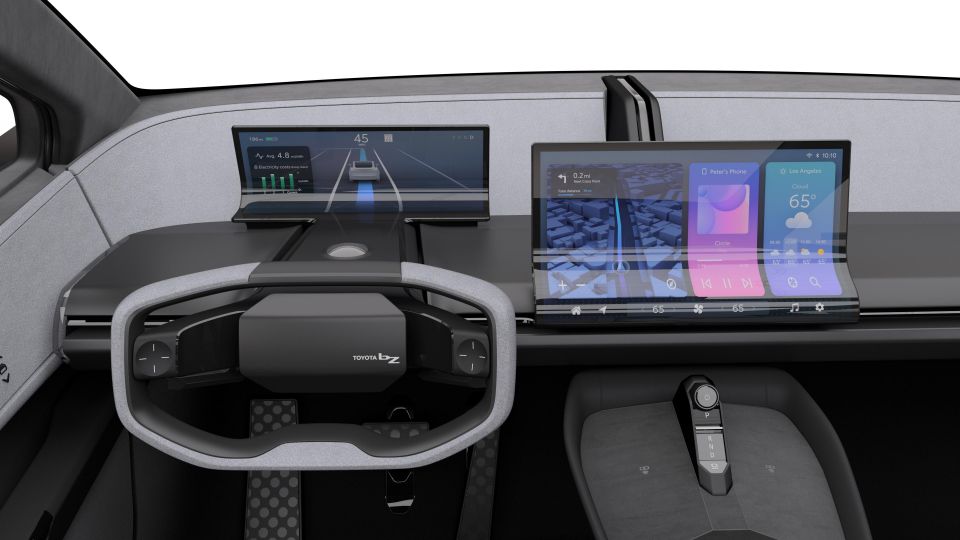
There’s a wide touchscreen and a free-standing digital instrument cluster, and both feature unusual curved-glass screens.
Toyota says an in-car personal assistant named Yui “connects the driver and passengers with the vehicle”, responding to requests and commands from occupants with audio and visual lighting cues that move around the cabin.
While it still has yet to release any power, torque, battery or range figures, Toyota says the concept offers “fun to drive, exhilarating performance” and “leading technology”.
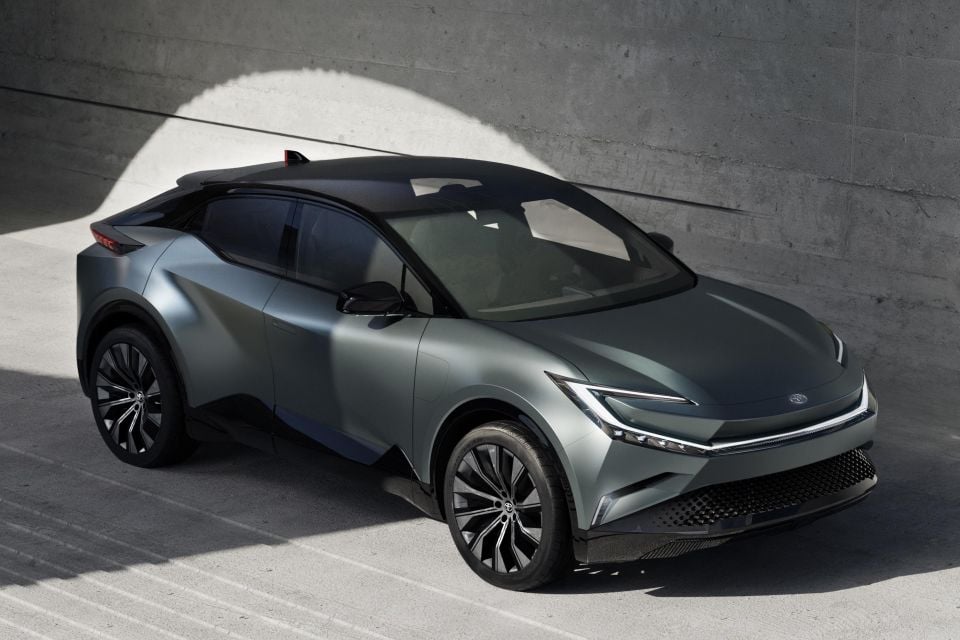
The larger bZ4x, due here in the second half of 2023, is offered overseas with a choice of 150kW single-motor front-wheel drive or 160kW dual-motor all-wheel drive configurations, both teamed with a 71.4kWh lithium battery pack.
The single-motor version has a claimed driving range of 516km on the stricter WLTP cycle, while the dual-motor version has 470km.
There’s a wheel at each corner stance with minimal overhangs and, as Toyota puts it, “a narrowed-down cabin design” to give it a more agile look.
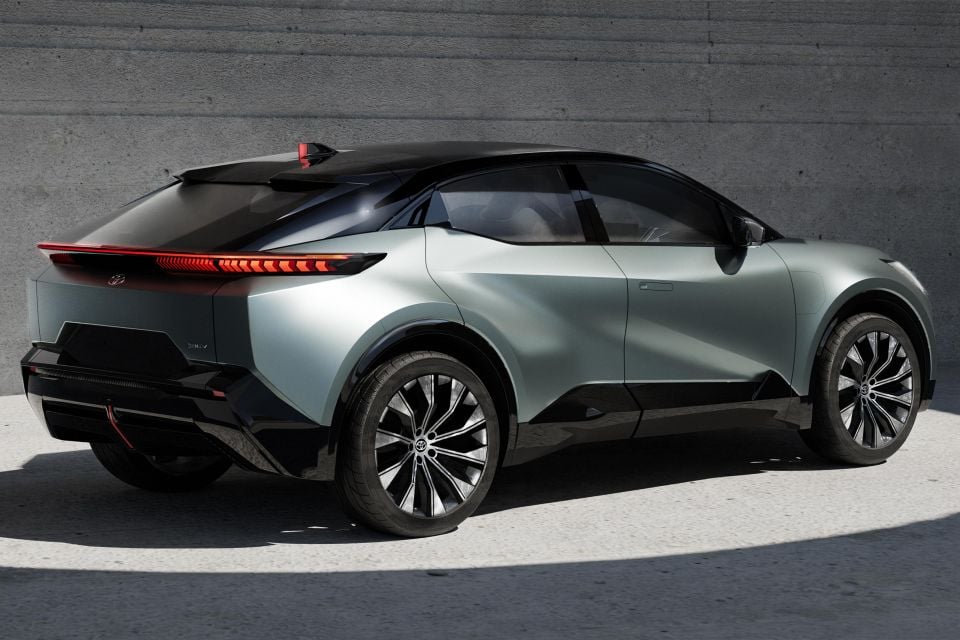
Toyota has reportedly paused several of the EV projects it announced at the end of 2021. Documents seen by Reuters say work has stopped on the EV version of the Crown, and the Compact Cruiser crossover, which had styling reminiscent of the the FJ Cruiser.
One plan being considered would see Toyota incorporate new technologies into the e-TNGA platform in order to stretch out its working life, and make it more competitive.
Another more drastic option will see Toyota phase out the e-TNGA EV architecture much earlier than anticipated, with many models cancelled.
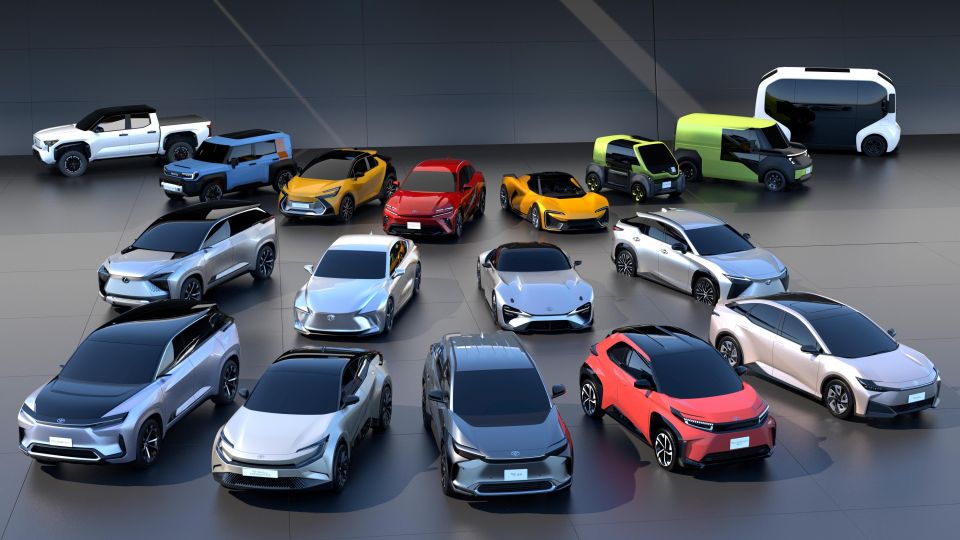
While this would put Toyota further behind the pack in the short term, it would allow the Japanese giant to concentrate on developing a new ground-up EV architecture, which could take as long as five years.
The EV-only e-TNGA and petrol/hybrid TNGA platforms share a lot in common, speeding up the development time of the former, and allowing vehicles on both architectures to be built on the same production lines.
When Toyota was operating on lower EV forecasts these features were seen as benefits, but with the focus increasingly shifting towards EVs the platform could be holding the firm back.

The company has argued there are a plethora of automotive solutions to the climate crisis, including hybrids, plug-in hybrids, BEVs, and hydrogen fuel-cell vehicles. As such it has been slower than most to embrace BEVs.
On top of this the rollout of its first e-TNGA models, the Toyota bZ4X and Subaru Solterra, were significantly hampered by a production stop of three months as the company struggled to fix an issue which that could lead to the wheels falling off.
MORE: Toyota to reboot EV plans, delaying some models – report MORE: Toyota: We’ve been reducing CO2 since before it was ‘trendy’ MORE: Greenpeace accuses Toyota of greenwashing, anti-EV lobbying MORE: Toyota Australia bristles at claims its lack of EVs make it a CO2 pariah
Where expert car reviews meet expert car buying – CarExpert gives you trusted advice, personalised service and real savings on your next new car.
William Stopford is an automotive journalist with a passion for mainstream cars, automotive history and overseas auto markets.


Ben Zachariah
14 Hours Ago


Damion Smy
15 Hours Ago
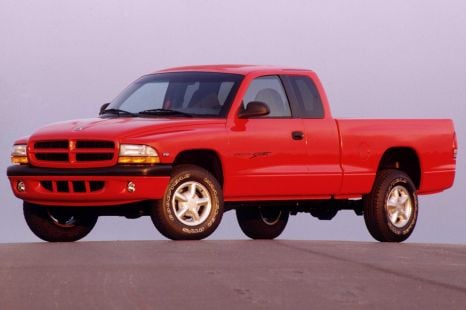

Derek Fung
16 Hours Ago
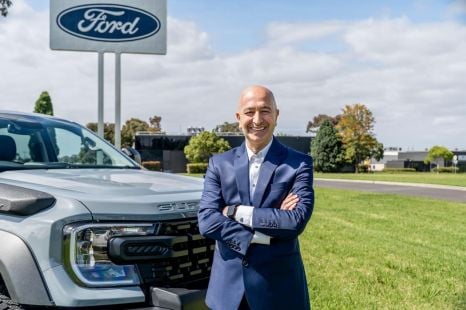

Ben Zachariah
16 Hours Ago
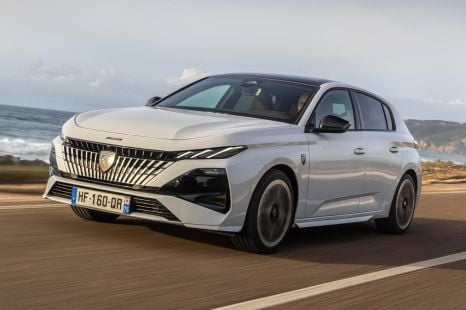

Matt Robinson
22 Hours Ago
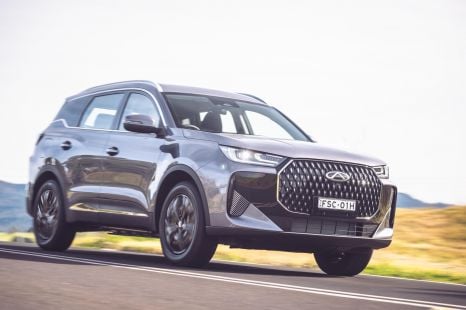

CarExpert.com.au
1 Day Ago